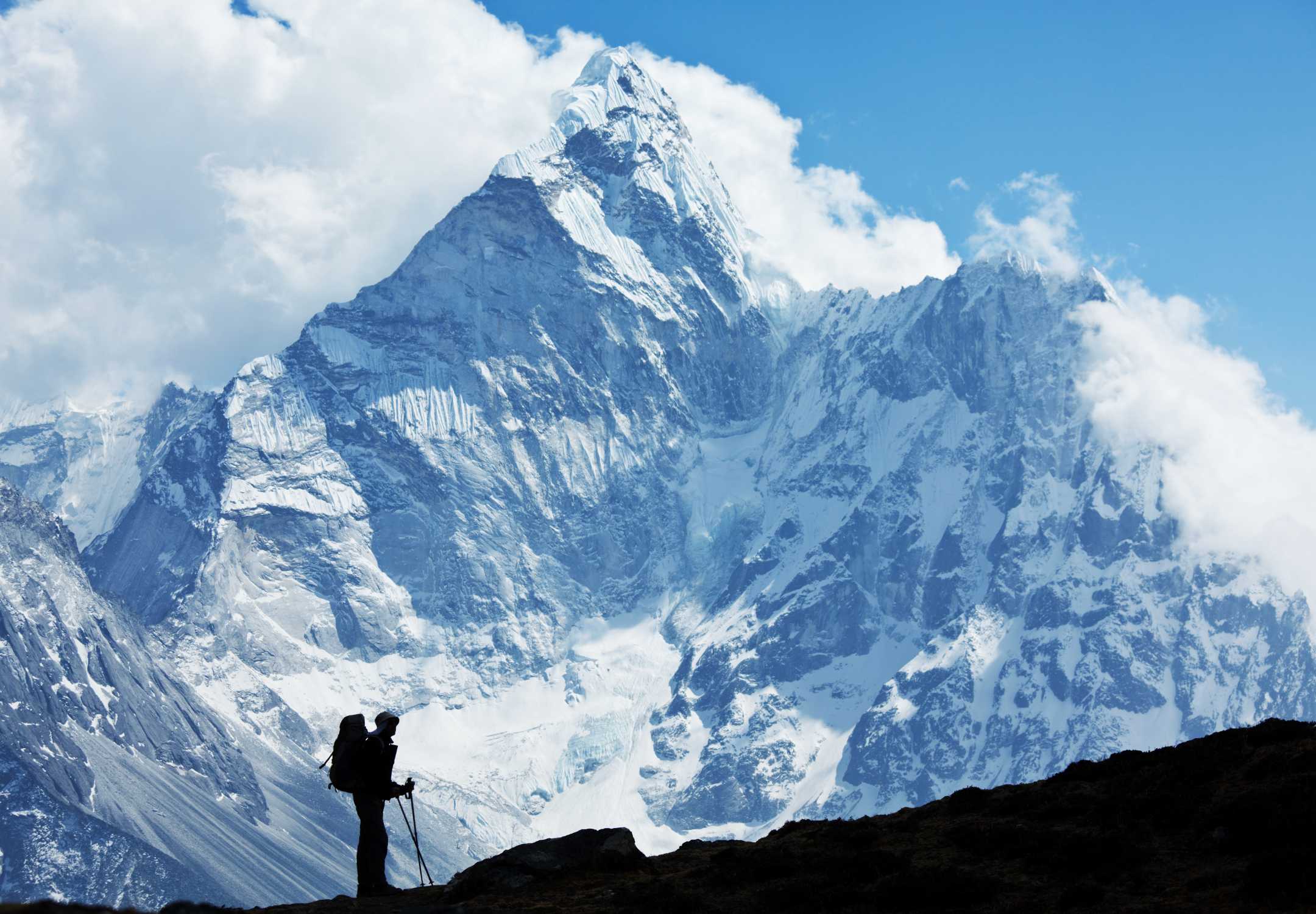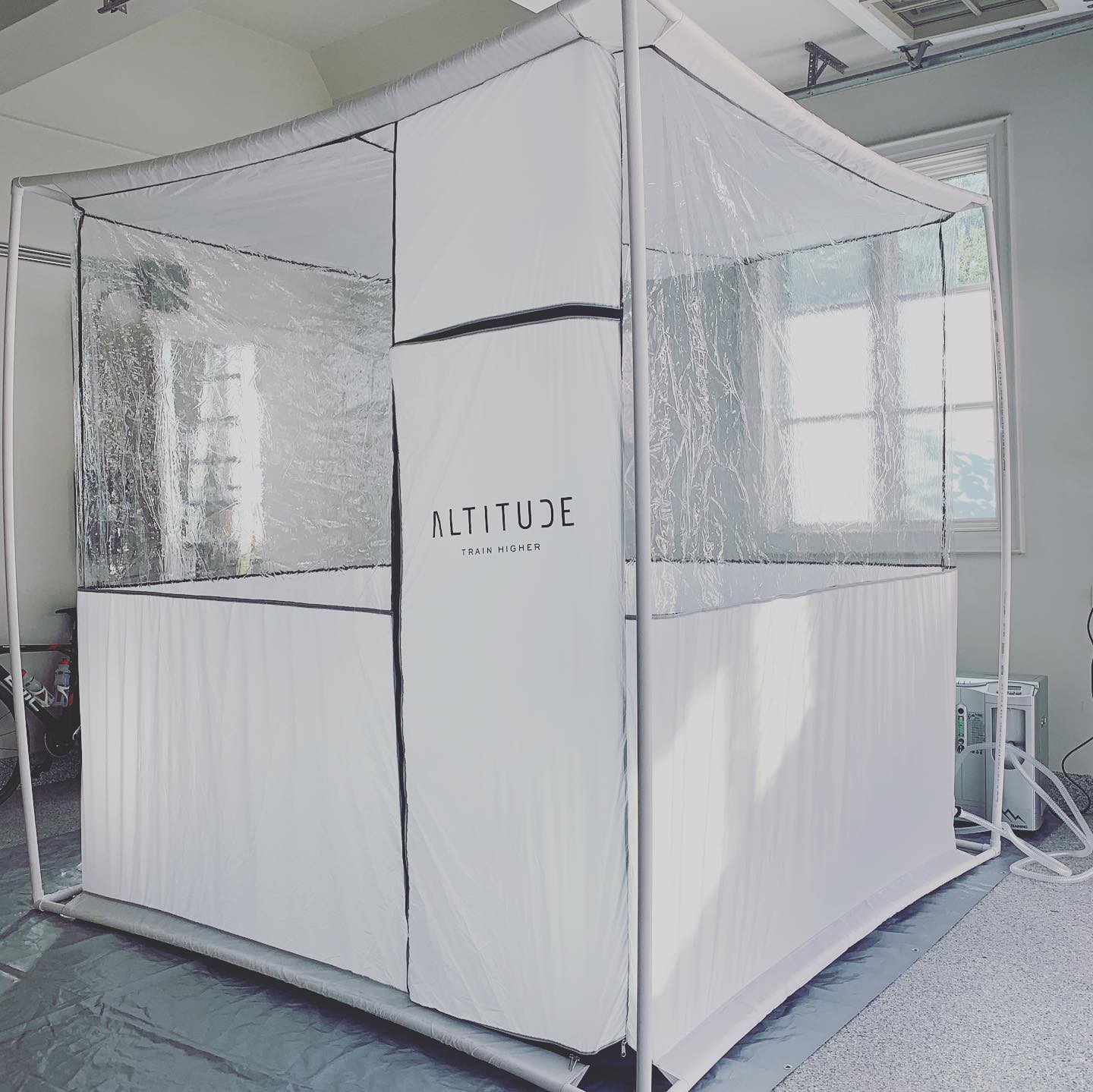3 Tips to Train for the Everest Basecamp Trek
The Everest Basecamp Trek is a dream adventure for many, but it demands more than just enthusiasm. To reduce your risk of altitude sickness, improve your cardio endurance, and develop the strength required for this epic journey, you need a well-rounded training regimen.
In today’s post, we’ll explore three essential tips to prepare for the Everest Basecamp Trek.

Tip 1: Understand Ways to Reduce Altitude Sickness
Altitude sickness is a major concern when trekking to high-altitude destinations like Everest Basecamp. It can cause nausea, dizziness, and even become life-threatening if not managed properly.
Know the Basics
There are several basic things you can do to mitigate your chances of getting altitude sickness. For example, when you arrive at higher elevations, take your time to acclimate. Ascend slowly and make sure to rest and hydrate adequately. Also, ensure that you drink plenty of water throughout the trek to stay well-hydrated.
Simulated Altitude Training
Aside from basic strategies, one of the most effective ways to prepare for high-altitude conditions is through simulated altitude training. This is also known as hypoxic training.
Simulated altitude training is a concept that has gained popularity among athletes and adventurers preparing for high-altitude challenges. It involves exposing your body to reduced oxygen levels similar to those experienced at high altitudes. This innovative approach can help reduce the risk of altitude sickness and improve your overall performance when trekking to destinations like Everest Basecamp.
Facilities like Altitude Athletic Training in Downtown Toronto offer an innovative approach to help reduce the risk of altitude sickness and improve your overall performance when trekking to destinations like Everest Basecamp.
Tip 2: Improve Cardio Endurance for High Altitudes
One of the keys to a successful Everest Basecamp Trek is excellent cardio endurance. Hiking at high altitudes requires more effort due to lower oxygen levels, making it essential to have a strong cardiovascular system. To improve your endurance, focus on activities such as running, cycling, and stair climbing.
Interval Training
Incorporate interval training into your routine. This involves alternating between short bursts of high-intensity exercise and periods of low-intensity recovery. Interval training is excellent for building both aerobic and anaerobic endurance.
Long-Distance Training:
Gradually increase the duration and intensity of your cardio workouts. Focus on longer, sustained efforts to mimic the demands of the trek. Consider progressively extending your running or cycling sessions to build stamina.
Altitude Training
Consider training at facilities like Altitude Athletic Training to simulate the reduced oxygen conditions you’ll encounter at higher altitudes. This type of training pushes your cardiovascular system to adapt to lower oxygen levels, making you better prepared for the challenges of the trek.

Tip 3: Don’t Neglect Strength
Trekking to Everest Basecamp involves carrying a backpack loaded with essentials. To ensure you have the strength to endure the long and challenging trails, incorporate strength training into your regimen. Include exercises that target your legs, core, and upper body. Aim to handle the weight of your pack and maintain stability on uneven terrains.
Train with Your Weight Pack
Carrying a backpack while hiking or incline treadmill walking is an effective way to mimic the conditions of the Everest Basecamp Trek and improve your physical preparedness. Start with a light load in your backpack and gradually add more weight as your strength and endurance increase. This mimics the progression of packing for a multi-day trek and allows your body to adapt to the additional load.
Build Muscular Endurance (ideally at high-altitude)
If possible, take your strength training up to higher altitudes (simulated or terrestrial). Doing so will challenge your muscles to work harder and in conditions similar to those you’ll experience on the Everest Basecamp Trek.
Work With An Expert
Don’t go into your Everest Basecamp preparation without a good plan or support system in place. Find an experienced coach who can build you a tailored program that includes strength training exercises specific to trekking. Facilities like Altitude Athletic Training can help you with a tailored program that includes strength training exercises specific to trekking. To speak with a coach and learn more about strength training plans for the Everest Basecamp Trek, book a complimentary coach consultation here.
Preparation is the key to a successful Everest Basecamp Trek. To reduce the risk of altitude sickness, improve your cardio endurance, and enhance your muscular endurance, it’s essential to invest time in the right training methods. Simulated altitude training can be a valuable addition to your training regimen, helping your body acclimate to lower oxygen levels and develop the strength required for the journey. When you arrive at high altitudes, the proper acclimatization, hydration, and attention to your body’s signals are critical to avoiding altitude sickness. By following these tips and adhering to a well-rounded training plan, you’ll be well-prepared to tackle the heights and embrace the breathtaking landscapes of the Everest Basecamp Trek.






